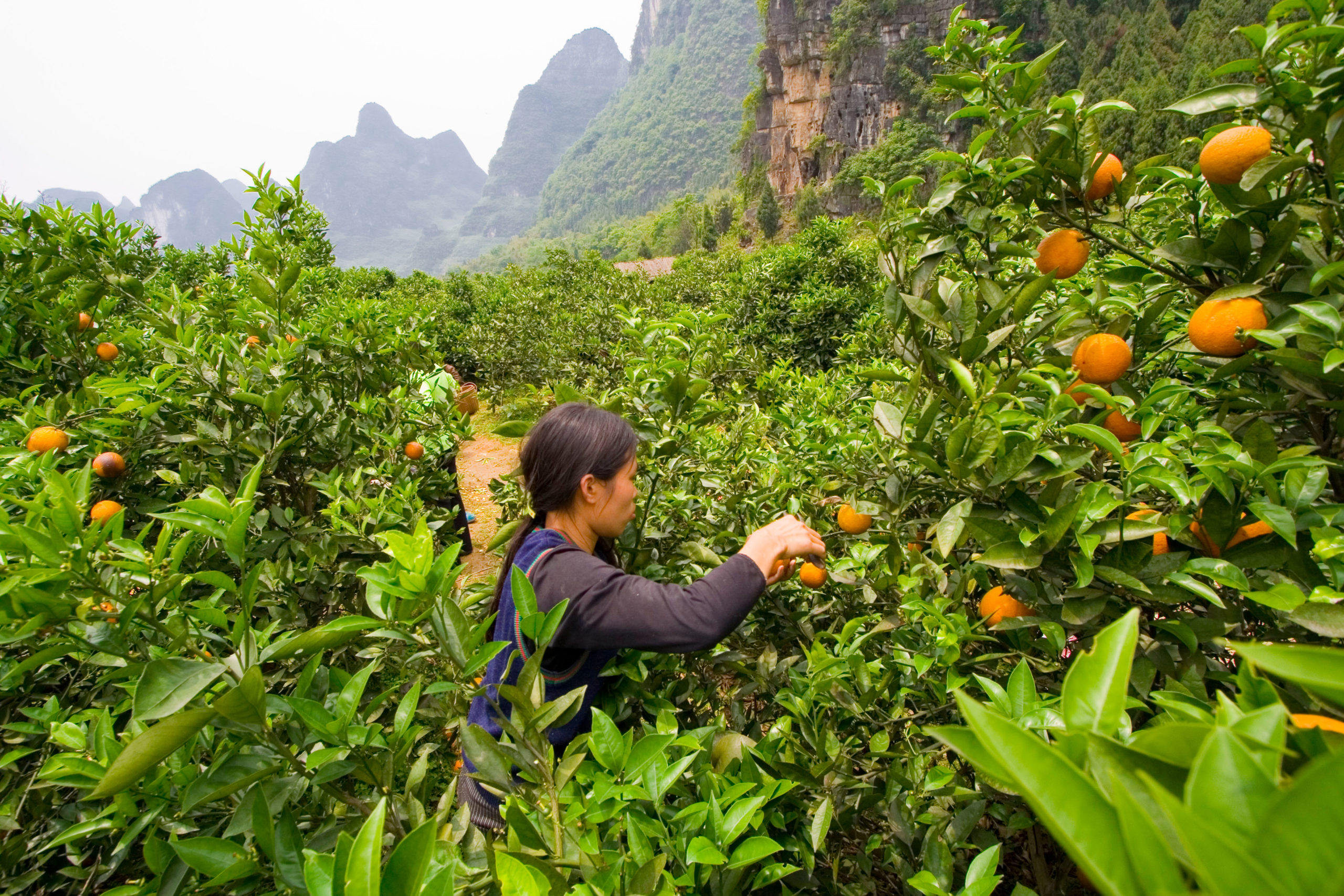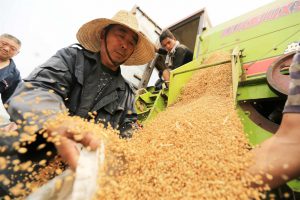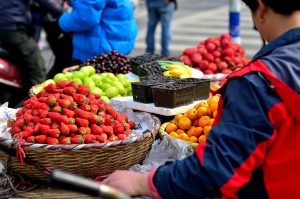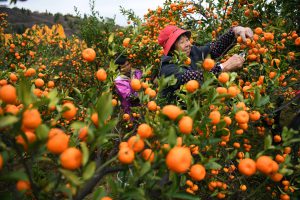Farm and food subsidies are worth an estimated US$700 billion a year globally. China is the world’s largest agricultural market and thus should take a lead role in reforming them. Doing so will require refocusing the agriculture sector so it produces nutritious food in ways that regenerate nature and strengthens resilience to pests and climate change, as well as providing prosperous livelihoods for millions of people in rural areas.
With a population of around 1.4 billion to feed, carefully designed, evidence-based reforms can unite objectives to promote rural incomes, human health and nature, and deliver a dramatic re-greening of our lands, in which everyone would take pride, while providing lessons for the wider world.
We have already taken some significant steps to scale back harmful subsidies. For example, subsidies for chemical fertilisers and pesticides are falling in China, having peaked in 2016. This has happened because subsidising heavy use of harmful fertilisers, pesticides and water was shown to constrain long-term agricultural productivity through damage to soil, underground water and the wider environment, contributing to a desire for reforms in the country.
The next step is to forge positive change, to raise the bar, and shift support towards beneficial practices, for healthy food production within human and planetary boundaries, and to boost rural economies.
$4.5 trillion
annual global opportunity associated with the transition to more sustainable, resilient food and land use systems
Agricultural subsidies must be repurposed, to shape public funding for the public good. The Food and Land Use Coalition (FOLU) shows that there is a $4.5 trillion annual global opportunity associated with the transition to more sustainable, resilient food and land use systems, including healthier diets. This is a major opportunity for farmers, the private sector and policymakers.
China can unlock these business and economic windows, and raise rural incomes, by shifting support away from the production of food staples and towards infrastructure development, research into more nutritious and sustainable foods, and increasing social protection and safety nets for vulnerable groups in rural areas.
Increasing opportunities for farmers to diversify their production could mean more income for rural communities, and less pressure on land from traditionally over-subsidised foods such as wheat, rice and maize. The European Union’s Common Agricultural Policy provides a working example of converting agricultural subsidies into investment in rural infrastructure and economies.
One more positive use for farm subsidies would be to support food producers’ capacity for handling and storing cereals, vegetables, meat and dairy products, and to invest in supply chain logistics and transport. This could improve farmers’ income, reduce food waste, and increase the overall efficiency of the value chain – a win-win from farm to fork.
Repurposing crop subsidies can also benefit human health, as they shape consumption as well as production. If China subsidised its vegetables production at a rate relative to its population, we would see an increase in the consumption of greens of close to 4%. This could have long-lasting effects on poverty, food security and nutrition.
There is an opportunity for nature too. According to company-led coalition One Planet Business for Biodiversity, the world’s food and agricultural system is responsible for around 70% of freshwater use, 60% of biodiversity loss and 30% of human-generated carbon emissions.
China has already started this process of repurposing subsidies, to reshape the food sector, and in turn favour farm incomes, our landscapes, health and nature.
For example, the Soil Pollution Prevention and Control Law in 2019 introduced regular soil testing, which has enabled many farms across China to shift to less harmful, and in some cases organic, practices. And the country has invested around $7 billion in recent years into conservation agriculture and restoration of grasslands and forests.
These efforts need to be at the heart of a stronger, more resilient food system, in which the long-term productivity and health of soils is prioritised over unsustainable practices, and farmers are empowered as the stewards of nature. If the system supports farmers, they can also help protect China’s vast biodiversity, home to 10% of the world’s plant species and 14% of its animal species.
As a leading megadiverse country – meaning it harbours great biodiversity – China offers huge potential for both local and global food systems, from which other countries could learn.








